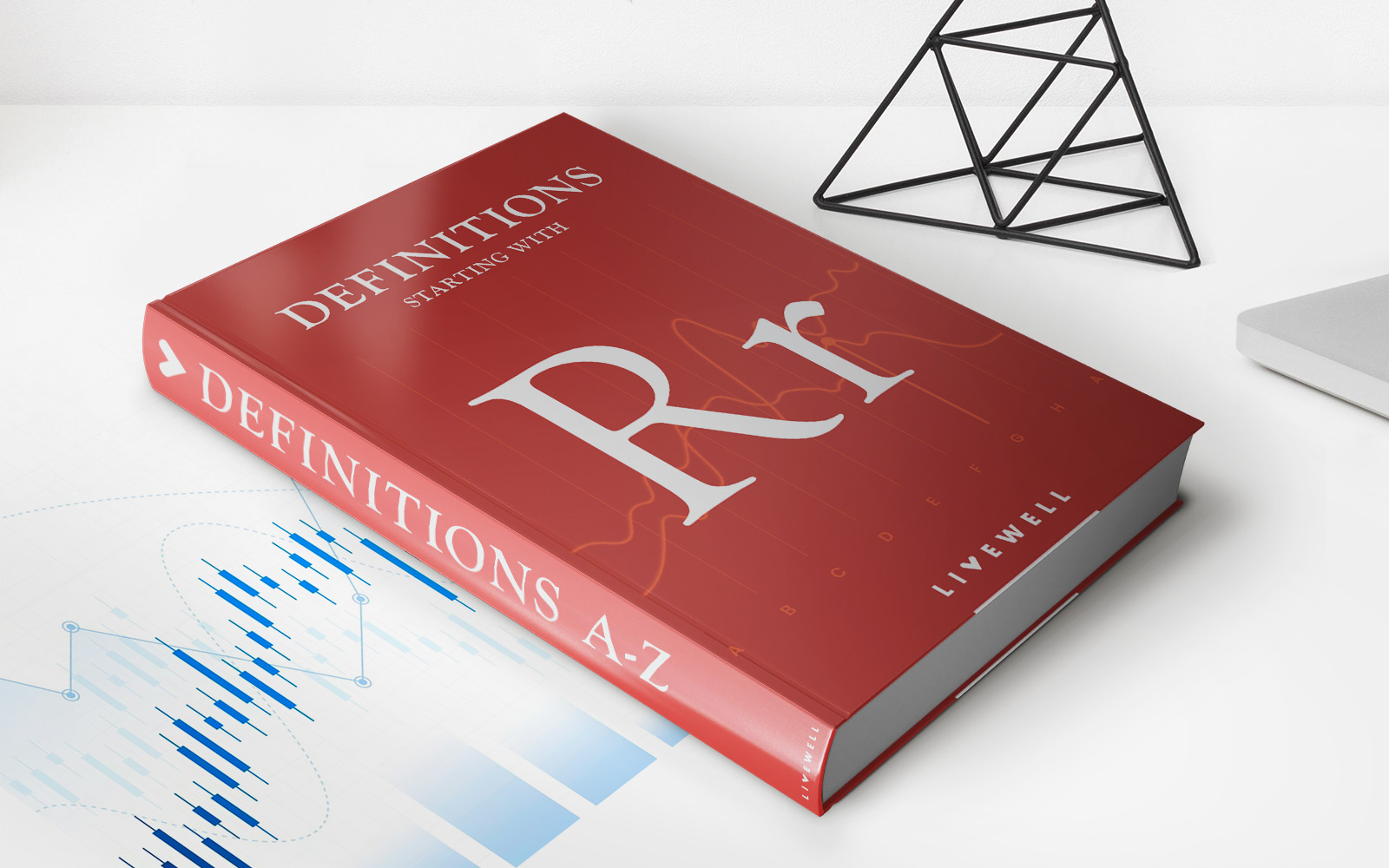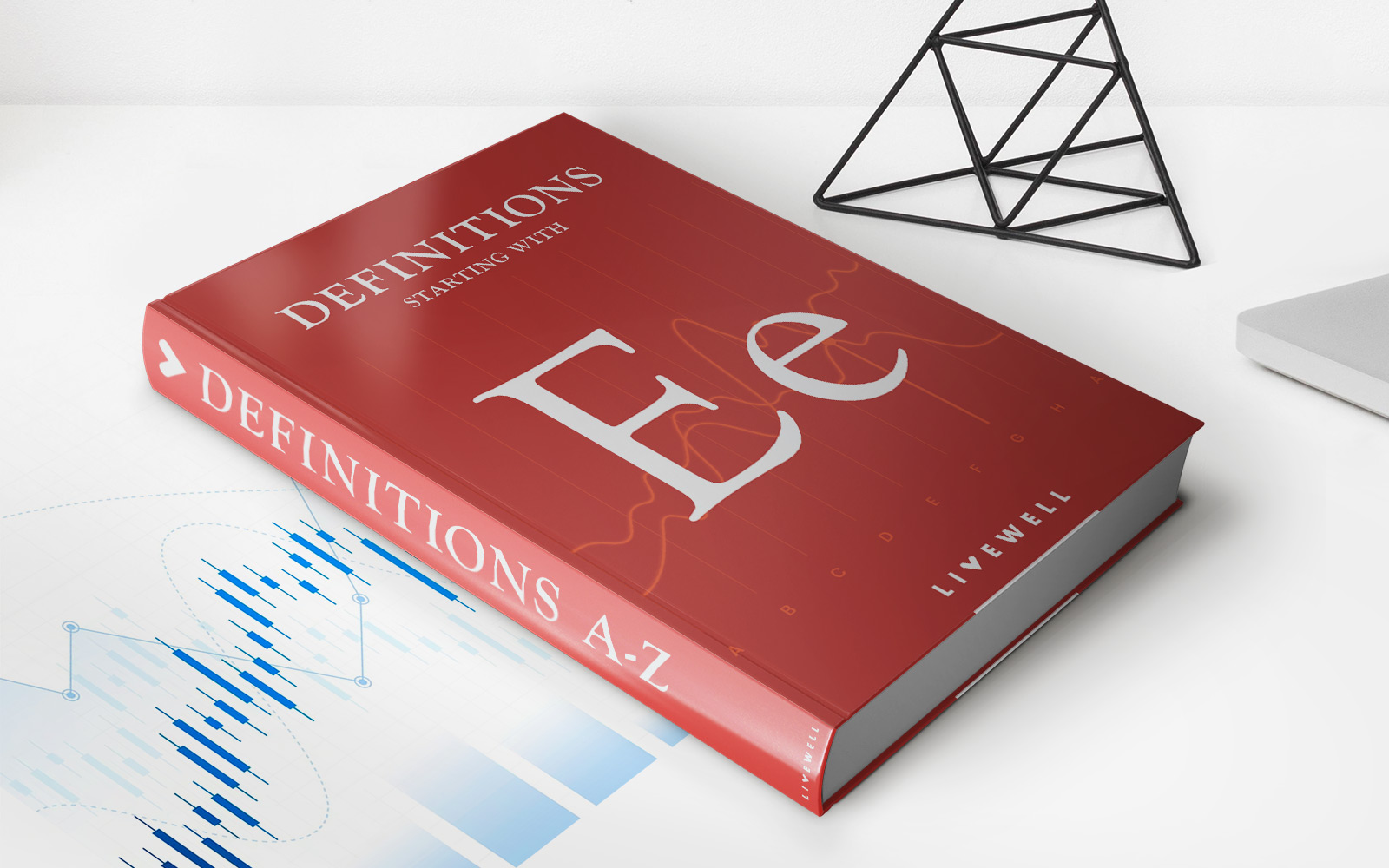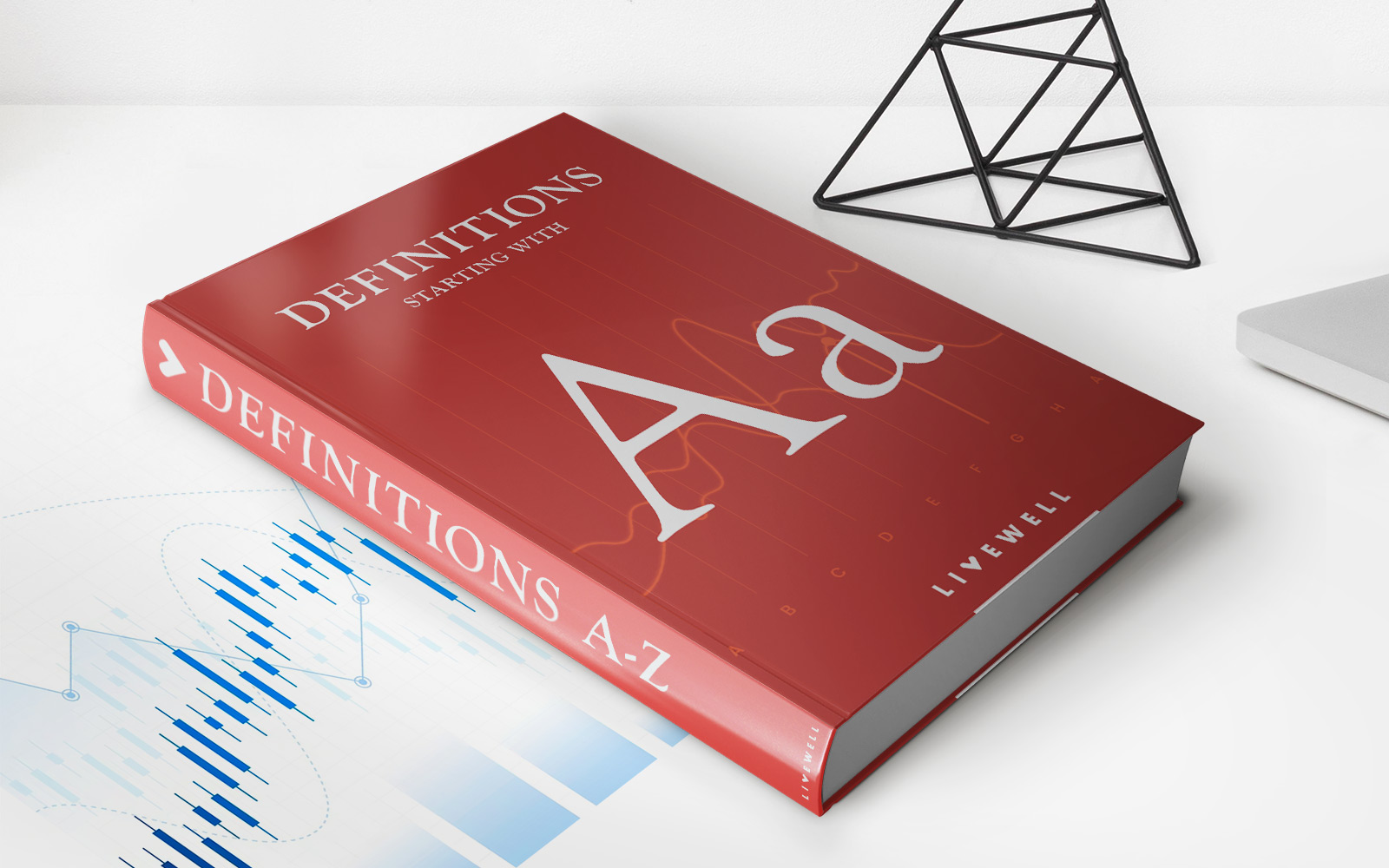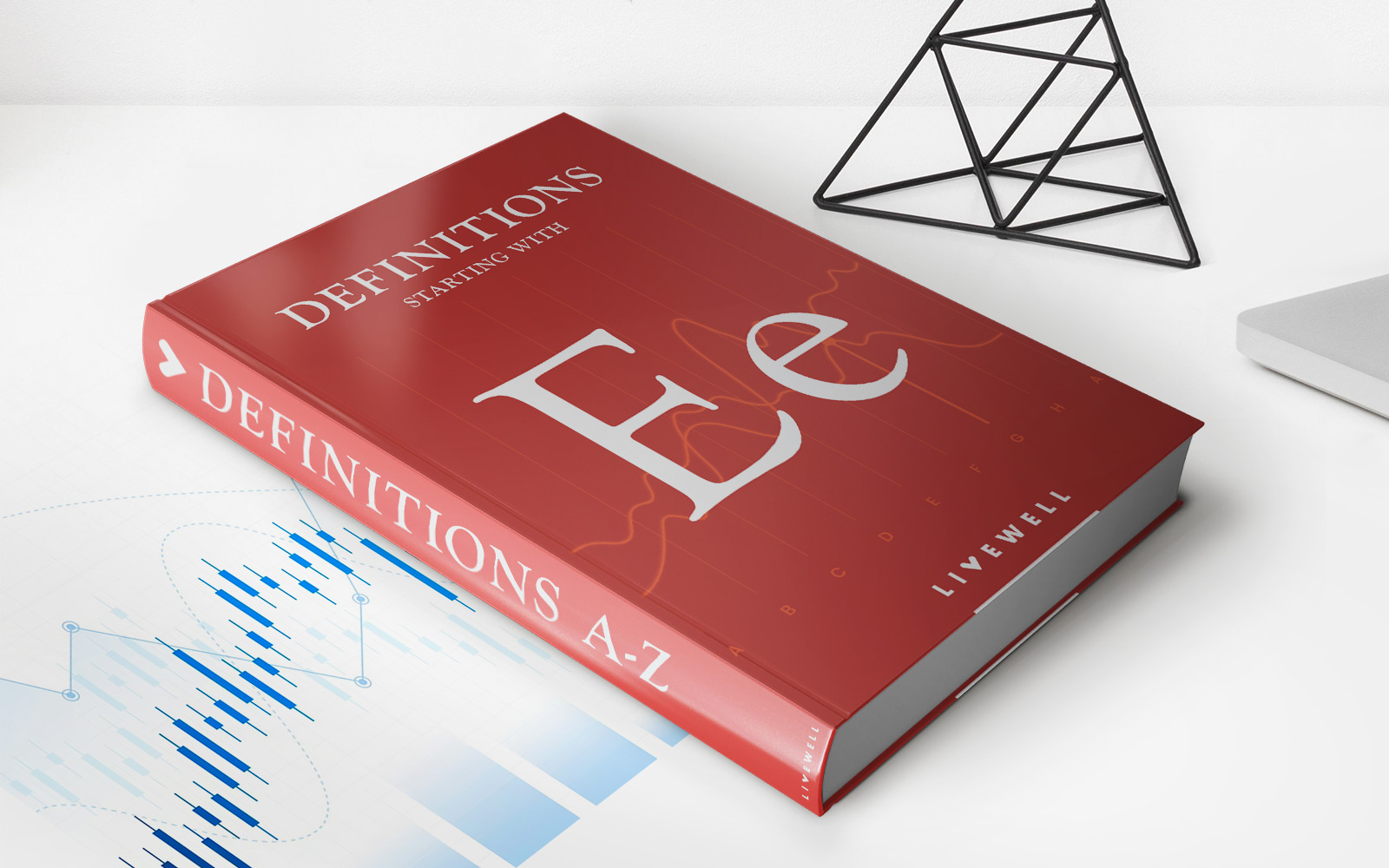Home>Finance>Full Employment: Definition, Types, And Examples


Finance
Full Employment: Definition, Types, And Examples
Published: November 29, 2023
Learn about full employment in finance, including its definition, types, and real-life examples. Discover how it impacts the economy and job market.
(Many of the links in this article redirect to a specific reviewed product. Your purchase of these products through affiliate links helps to generate commission for LiveWell, at no extra cost. Learn more)
Full Employment: Definition, Types, and Examples
When it comes to understanding the economy, one key concept that often arises is full employment. But what exactly does full employment mean? In this blog post, we will explore the definition of full employment, the different types of full employment, and provide some real-world examples to help you better understand this important economic concept.
Key Takeaways:
- Full employment represents a situation where everyone who is willing and able to work can find employment.
- There are different types of full employment, including frictional, structural, and cyclical.
What is Full Employment?
Full employment refers to a situation where the economy is operating at its maximum potential, and everyone who is willing and able to work can find gainful employment. However, it is essential to note that full employment does not imply zero unemployment. Some level of unemployment is considered natural and healthy for the economy, as people transition between jobs or engage in voluntary unemployment.
There are several factors that can influence the level of unemployment in an economy, such as technological advancements, changes in labor force participation, and government policies. Understanding the different types of full employment can help shed light on these factors and their impact on the job market.
Types of Full Employment:
1. Frictional Full Employment: Frictional full employment occurs when individuals are voluntarily unemployed while actively searching for better job opportunities. This type of unemployment is generally short-term and a natural part of the labor market dynamics. People may leave their jobs for various reasons, including relocation, career change, or pursuit of a better work-life balance.
2. Structural Full Employment: Structural full employment refers to a situation where unemployment exists due to a mismatch between the skills and qualifications of workers and the requirements of available jobs. This mismatch can occur when industries or technology change, leaving some workers without the necessary skills for the new job market. For instance, the decline of traditional manufacturing industries has led to structural unemployment, as workers need to acquire new skills to adapt to the changing job landscape.
3. Cyclical Full Employment: Cyclical full employment is achieved when the economy is operating at its maximum potential, with all available resources being utilized. This type of full employment is influenced by the overall economic conditions, such as business cycles and fluctuations in the level of aggregate demand. During periods of economic expansion, cyclical unemployment decreases as demand for goods and services increases, leading to more job opportunities.
Real-World Examples:
One example of frictional full employment is seen in the tech industry, where qualified individuals may voluntarily leave their jobs to pursue more lucrative opportunities in startups or large tech companies. This constant flow of talented individuals into the industry contributes to its overall growth and innovation.
A notable example of structural full employment can be observed in the healthcare sector. With advancements in medical technology and an aging population, there is a growing demand for healthcare professionals with specialized skills. However, individuals without the necessary qualifications or experience may struggle to find employment within this sector.
During periods of economic expansion, such as the dot-com boom of the late 1990s, the United States experienced cyclical full employment. With companies rapidly expanding and demand for goods and services skyrocketing, job opportunities were abundant. However, as the economy entered a recession in the early 2000s, cyclical unemployment increased due to decreased consumer spending and business activity.
In Conclusion
Understanding the concept of full employment is crucial for comprehending the dynamics of the job market and the overall health of the economy. While full employment does not imply zero unemployment, it represents a situation where everyone who is willing and able to work can find employment. By recognizing the different types of full employment and their implications, policymakers and individuals can make more informed decisions to foster a robust and inclusive labor market.
Key Takeaways:
- Full employment represents a situation where everyone who is willing and able to work can find employment.
- There are different types of full employment, including frictional, structural, and cyclical.














